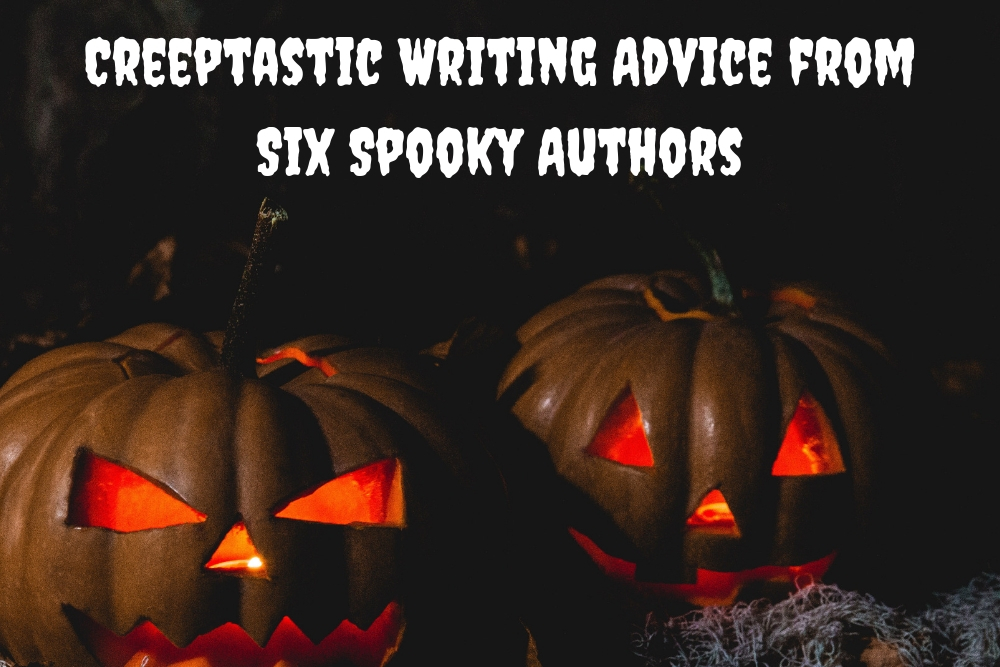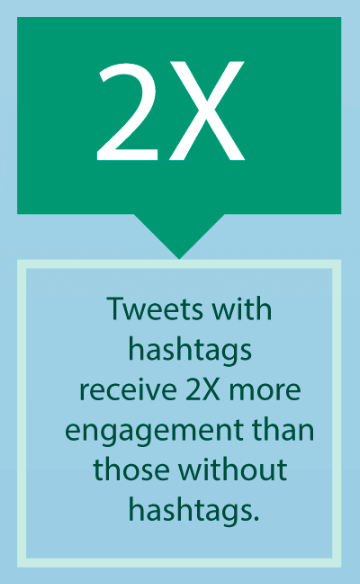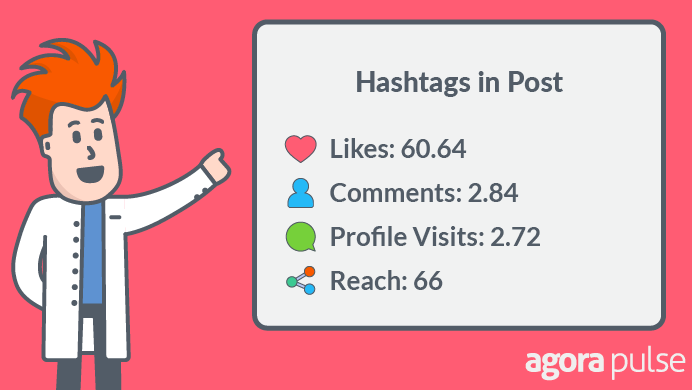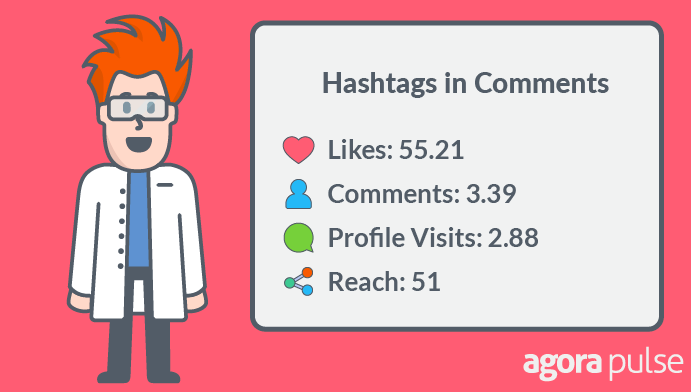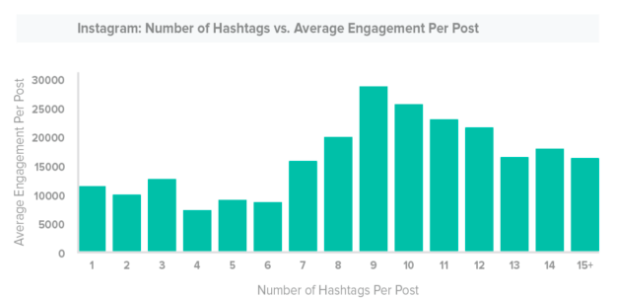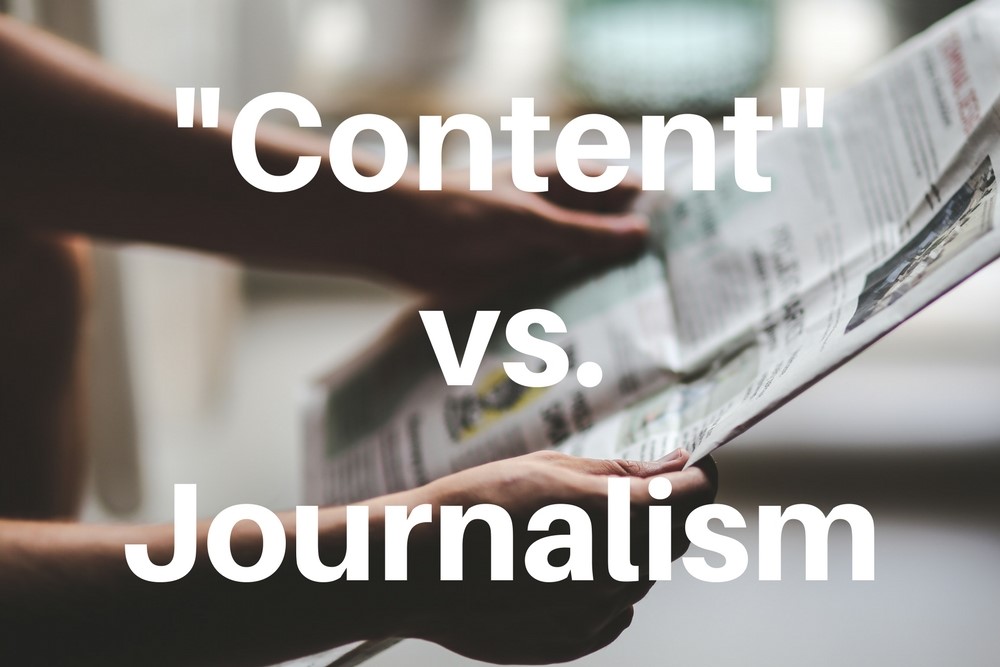Halloween is just around the corner, and we’re celebrating by sharing writing advice from some of the spookiest authors of all time. So settle in, light a candle or two and listen to these haunting (and brilliant!) voices of the past and present.
1. Shirley Jackson
 Shirley Jackson loved writing about the supernatural, and is perhaps best known for her novel, “The Haunting of Hill House,” which is often considered the best of ghost and haunted house stories.
Shirley Jackson loved writing about the supernatural, and is perhaps best known for her novel, “The Haunting of Hill House,” which is often considered the best of ghost and haunted house stories.
In her essay, “How I Write,” Jackson highlights one of her favorite things about being a writer:
One of the nicest things about being a writer is that nothing ever gets wasted. It’s a little like the frugal housewife who carefully tucks away all the odds and ends of string beans and cold bacon and serves them up magnificently in a fancy casserole dish. A writer who is serious and economical can store away small fragments of ideas and events and conversations, and even facial expressions and mannerisms, and use them all someday.
Perhaps you keep a list of ideas in your files. Or maybe you make a habit of repurposing your content in ways that turn pieces of information into entire blog posts. This is what Jackson is talking about.
2. H.P. Lovecraft
 H.P. Lovecraft wrote macabre and fantastic stories that appeared in magazines with names like “Weird Tales.” One thing that continues to be well-known from his writing is the human-octopus creature called Cthulhu.
H.P. Lovecraft wrote macabre and fantastic stories that appeared in magazines with names like “Weird Tales.” One thing that continues to be well-known from his writing is the human-octopus creature called Cthulhu.
In his guide, “Literary Composition,” Lovecraft demands something of true writers:
No aspiring author should content himself with a mere acquisition of technical rules. As Mrs. Renshaw remarked in the preceding article, ‘Impression should ever precede and be stronger than expression.’ All attempts at gaining literary polish must begin with judicious reading, and the learner must never cease to hold this phase uppermost. In many cases, the usage of good authors will be found a more effective guide than any amount of precept. A page of Addison or of Irving will teach more of style than a whole manual of rules, whilst a story of Poe’s will impress upon the mind a more vivid notion of powerful and correct description and narration than will ten dry chapters of a bulky text-book.
As any content-creator understands, simply knowing the rules of grammar, punctuation, layout, etc. will not make the content great. Writers must first and always read other writers and have a solid sense of what quality writing looks and sounds like.
3. Octavia Butler
 Octavia Butler was not a horror writer in the strictest sense (she is better-known for science fiction), but her stories definitely have a way of making readers feel unsettled and disoriented. In “Kindred,” for example, a black woman from the 1970s unexpectedly and repeatedly gets pulled back in time to save the life her own slave-owning ancestor.
Octavia Butler was not a horror writer in the strictest sense (she is better-known for science fiction), but her stories definitely have a way of making readers feel unsettled and disoriented. In “Kindred,” for example, a black woman from the 1970s unexpectedly and repeatedly gets pulled back in time to save the life her own slave-owning ancestor.
Butler had this to say about improving pieces in progress:
You don’t start out writing good stuff. You start out writing crap and thinking it’s good stuff, and then gradually you get better at it. That’s why I say one of the most valuable traits is persistence … A workshop is a way of renting an audience and making sure you’re communicating what you think you’re communicating. It’s so easy as a young writer to think you’re been very clear when in fact you haven’t.
In the content marketing space, the editing process functions as a workshop. The ideal is to establish a habit of pieces being edited, revised and edited again before getting sent to the client. Even a great first draft is likely missing things that will enhance clarification.
4. Stephen King
![]() Stephen King is often called the “King of Horror.” His work has received numerous awards, and several of the stories were adapted into famous creepy movies, television series and comic books. The author’s name is practically synonymous with horror these days.
Stephen King is often called the “King of Horror.” His work has received numerous awards, and several of the stories were adapted into famous creepy movies, television series and comic books. The author’s name is practically synonymous with horror these days.
King is known not only as a great horror author, but as an expert writer who offers great advice to aspiring writers. In his memoir, “On Writing,” King said this about developing one’s own style:
You may find yourself adopting a style you find particularly exciting, and there’s nothing wrong with that … When I read James M. Cain, everything I wrote came out clipped and stripped and hard-boiled. When I read Lovecraft, my prose became luxurious and Byzantine. I write stories in my teenage years where all the styles merged, creating a kind of hilarious stew. This sort of stylistic blending is a necessary part of developing one’s own style, but it doesn’t occur in a vacuum. You have to read widely, constantly refining (and redefining) your own work as you do so.
While using another writer’s style is not necessarily akin to plagiarism, it can be stunting to your own development as a writer. It’s true that content creators must often strive to write in the style of their clients, but having one of your own is nice when you want to write your own brand’s blog post, for example.
5. Edgar Allan Poe
 Edgar Allan Poe might be the most iconic of horror writers. He wrote terrifying stories and poems that explored the darkest regions of the human heart and mind. His own life was fraught with loss and depression, so it’s not surprising that he had a sense of what scared people in the 19th century.
Edgar Allan Poe might be the most iconic of horror writers. He wrote terrifying stories and poems that explored the darkest regions of the human heart and mind. His own life was fraught with loss and depression, so it’s not surprising that he had a sense of what scared people in the 19th century.
In his essay, “The Philosophy of Composition,” Poe says this of the writing process:
Most writers—poets in especial—prefer having it understood that they compose by a species of fine frenzy—an ecstatic intuition—and would positively shudder at letting the public take a peep behind the scenes, at the elaborate and vacillating crudities of thought—at the true purposes seized only at the last moment—at the innumerable glimpses of idea that arrived not at the maturity of full view—at the fully-matured fancies discarded in despair as unmanageable—at the cautious selections and rejections—at the painful erasures and interpolations—in a word, at the wheels and pinions—the tackle for scene-shifting—the step-ladders, and demon-traps—the cock’s feathers, the red paint and the black patches, which, in ninety-nine cases out of a hundred, constitute the properties of the literary histrio.
That is to say, writing is not generally a straightforward process. Whether it’s an article, a white paper or a poem about a talking raven, a good piece of content rarely happens without some struggle and reworking.
6. Anne Rice
 Anne Rice is arguably the greatest vampire fiction writer of our time. She’s the author of the renown “Vampire Chronicles,” and in some circles, her leading vampire, Lestat, has a following all his own.
Anne Rice is arguably the greatest vampire fiction writer of our time. She’s the author of the renown “Vampire Chronicles,” and in some circles, her leading vampire, Lestat, has a following all his own.
On her website Rice offers the advice I saw from almost every other author on this list. In fact, it’s the advice I’ve heard most often from my professors, favorite novelists and writer friends. It thus seems appropriate to leave you with these words:
On writing, my advice is the same to all. If you want to be a writer, write. Write and write and write. If you stop, start again. Save everything that you write. If you feel blocked, write through it until you feel your creative juices flowing again. Write. Writing is what makes a writer. Nothing more and nothing less.
Happy Halloween, and happy writing!
